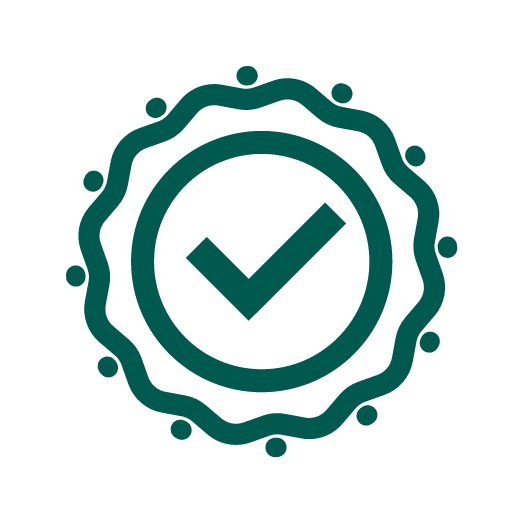Saprea Support Groups > Group Materials >Healthy Connections
Group Activity
New Ways to Connect
One of the ways we can build healthy connections is to say yes to new opportunities. This might seem difficult, especially when the brain jumps to negative thoughts about anything that sounds new or unfamiliar. However, saying yes to new opportunities, finding similarities where before you saw only differences, and letting go of judgment can break down barriers to connection.
This activity, much like the “Planning Ahead” activity from Group Meeting 6, provides the opportunity for strengthening the frontal lobe through intentional brainstorming, planning, and tracking. Looking at it from this angle, you are not only working to build new connections with others, but you are also building new neural connections in your brain.
Activity steps
01
Refer to the list below for ideas of new opportunities to foster connections with others. Take a minute to read through this list and note which opportunities sound interesting to you. You may initially want to dismiss certain options because they feel outside of your comfort zone. However, it may be helpful to consider possible benefits to these options that you may not have thought of right away.
02
Next, write down a couple of opportunities that you might be willing to try based on your preferences, needs, interests, and environment. These could be ideas on the list or other ideas that you’ve come up with.
03
After you’ve written down a couple of opportunities, select one of the opportunities and brainstorm a possible next step you could take to explore that opportunity. Perhaps this involves checking the website of a nearby community center, browsing a few local Facebook groups, or seeing where the nearest dog park is—whatever seems most interesting or accessible to you, based on where you are at right now in your healing journey.
Fostering Connections
- Participate in a support group like this.
- Engage with a church community.
- Join a study group.
- Start or join a Saprea Support Group
- Take a community education class.
- Volunteer (animal shelter, hospital, school, after-school program, nonprofit, etc.).
- Reach out to old friends.
- Reach out to supportive family members.
- Participate in individual therapy.
- Join a therapy group.
- Connect with coworkers.
- Be vulnerable with friends.
- Check out a meet-up group.
- Attend a class about a shared hobby.
- Join a sports team.
- Join a book club.
- Regularly attend a gym class.
- Join a walking/hiking group.
- Take a cooking class.
- Attend an addiction support group.
- Join a choir or dance group.
- Go to the dog park regularly.
- Meet your neighbors.
- Research your family/community heritage.
- Become a "regular" at a local restaurant.
- Help with a community project/initiative.
Grounding Exercise
Progressive Muscle Relaxation
Progressive muscle relaxation (PMR) is based on the practice of intentionally contracting and relaxing the different muscle groups of the body. Not only does this exercise help reduce stress, anxiety, and muscle tension, but it can help draw your attention to the different parts of your body and all the ways it serves you.
So let’s begin.
Activity Steps
- Settle into a comfortable position, sitting or lying down.
- Soften your gaze or close your eyes.
- Point the toes of your right foot toward your face and then away. Tense the thigh and calf muscles of your right leg.
Hold . . . relax. - Point the toes of your left foot toward your face and then away. Tense the thigh and calf muscles of your left leg.
Hold . . . relax. - Tense both legs.
Hold . . . relax. - Squeeze your right hand into a fist, tense your right arm, and bring your forearm toward your body.
Hold . . . relax. - Squeeze your left hand into a first, tense your left arm, and bring your forearm toward your body.
Hold . . . relax. - Squeeze both hands into fists, tense both arms, and bring your forearms towards your body.
Hold . . . relax. -
Raise both shoulders.
Hold . . . relax. - Select another muscle or muscle group of your choosing.
Hold . . . relax. - If you are able, tense your entire body.
Hold . . . relax. - After you have finished tensing and relaxing, take a moment to notice what your body feels like. Think back to a specific part of the body you tensed and relaxed and note how that muscle or muscle group has helped you today. (For example, “My calves helped me get up the stairs this morning.”)
Hosting Your Meetings Off-Line? Download All of the Materials You Need Here:
Additional Resources
Done With This Topic? Jump to the Next.


Coping Skills—Part 2


